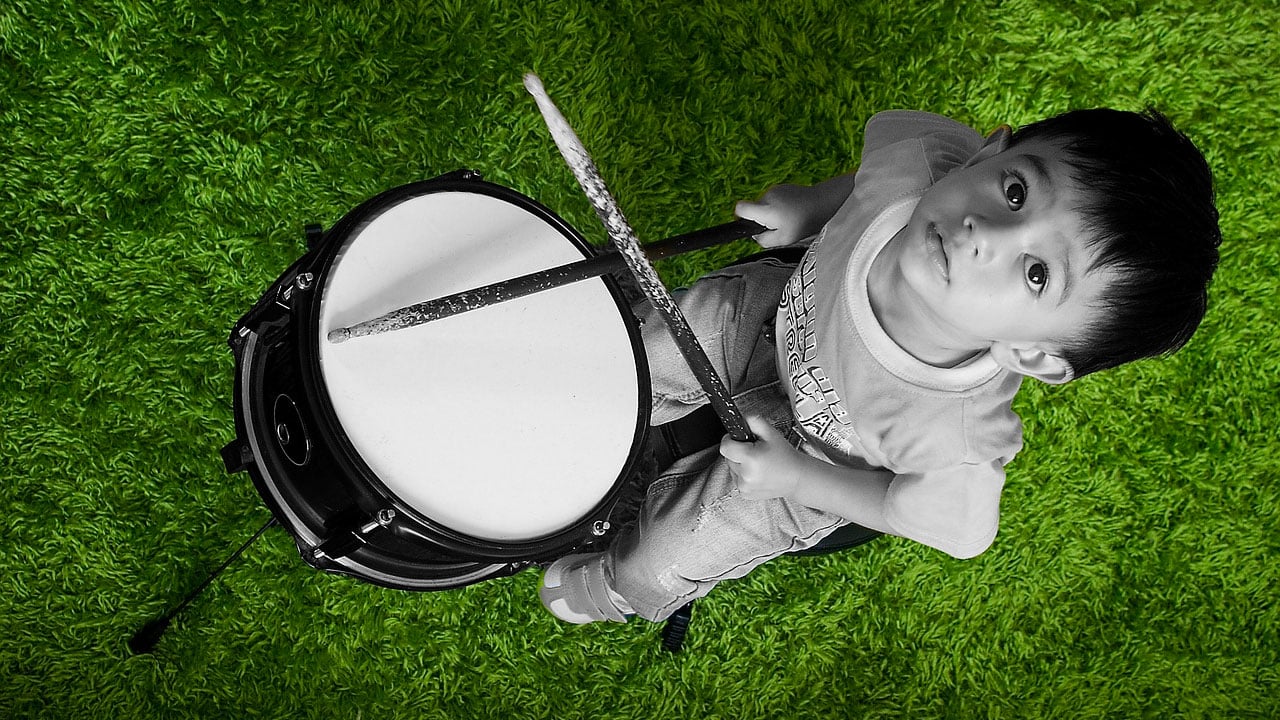We explore how to store and protect instruments from temperature fluctuations in self-storage facilities
Musical instruments hold immense value, not only in terms of their monetary worth but also for the emotional and creative significance they carry. Whether it’s a vintage guitar, a cherished piano, or a delicate violin, these instruments require proper care and maintenance to preserve their quality and performance. When storing musical instruments in self-storage, one of the critical factors to consider is protecting them from temperature fluctuations. We will explore the impact of temperature variations on musical instruments, best practices for storing instruments in self-storage, and effective methods for safeguarding them against temperature fluctuations.
Understanding the Impact of Temperature Fluctuations
Temperature fluctuations can have a profound effect on the condition and functionality of musical instruments. Here are some of the potential risks associated with exposure to temperature extremes:
Wood-Based Instruments: String instruments such as violins, cellos, and guitars are particularly susceptible to changes in temperature and humidity. Extreme fluctuations can cause the wood to expand and contract, leading to warping, cracking, or damage to the instrument’s structural integrity.
Brass and Wind Instruments: Fluctuations in temperature can impact the metal components of brass and wind instruments. Sudden temperature changes can cause the metal to expand or contract, affecting the tuning and performance of the instrument.
Electronic Instruments: Keyboards, synthesizers, and other electronic instruments are sensitive to temperature variations. Extreme heat or cold can damage electronic components, affect tuning stability, and lead to malfunctioning.
Pianos: Pianos are complex instruments with a combination of wood, metal, and felt parts. Temperature fluctuations can impact the tuning stability, the action of the keys, and the overall structural integrity of the piano.
Best Practices for Storing Musical Instruments in Self-Storage
When storing musical instruments in a self-storage unit, it’s essential to follow best practices to minimize the impact of temperature fluctuations and ensure the preservation of the instruments. Here are key considerations for storing musical instruments:
Climate-Controlled Storage Units: Opt for a climate-controlled self-storage unit to maintain a consistent and moderate temperature throughout the year. Climate-controlled environments help protect instruments from extreme heat, cold, and humidity, providing an ideal storage solution for preserving their condition.
Proper Instrument Cases: Store instruments in high-quality, padded cases that provide insulation and protection against temperature changes. Hardshell cases or padded gig bags offer an additional layer of defense against external temperature variations.
Instrument Disassembly: When possible, consider disassembling larger instruments such as guitars, cellos, or brass instruments before storage. Removing strings, detachable parts, and accessories can help minimize the impact of temperature fluctuations on the instrument’s components.
Humidity Control: In addition to temperature regulation, it’s important to consider humidity control in a self-storage environment. Excessive moisture can lead to mold, mildew, and corrosion, especially for instruments with wooden components. Use desiccants or humidity-control products in the storage unit to maintain a stable humidity level.
Placement and Positioning: Place instruments off the ground and away from exterior walls to minimize exposure to temperature differentials. Avoid direct contact with concrete floors, as they can transfer moisture and cold to the instruments. Maintain adequate spacing between instruments to allow for air circulation.
Regular Inspection and Maintenance: Periodically inspect stored instruments for any signs of damage, warping, or changes in condition. Perform maintenance routines such as tuning adjustments, lubrication, and cleaning as needed to ensure the instruments remain in optimal condition.
Methods for Safeguarding Instruments Against Temperature Fluctuations
In addition to following best practices for storing musical instruments in self-storage, several methods can be employed to safeguard instruments against temperature fluctuations and maintain their quality.
Instrument Maintenance Before Storage: Before placing instruments in storage, it’s essential to ensure they are in optimal condition. This may include adjusting string tension, lubricating joints and hinges, and cleaning the instrument thoroughly to remove any debris or residues that could potentially worsen during storage.
Temperature Monitoring Devices: Consider using temperature monitoring devices or hygrometers in the self-storage unit to track fluctuations and ensure that the environment remains within the recommended temperature and humidity ranges for instrument preservation.
Protective Coverings: Use breathable and non-abrasive coverings such as cotton sheets or cloth to shield instruments from direct exposure to fluctuations in temperature while still allowing air circulation. Avoid plastic coverings that can trap moisture and lead to condensation within the instrument cases.
Regular Climate-Controlled Environment Checks: If possible, inquire with the self-storage facility staff about the frequency of climate control checks and maintenance of the storage units. Regular inspections and maintenance of climate control systems can contribute to a more reliable storage environment for musical instruments.
Professional Packing and Moving Services: When transporting instruments to and from self-storage, consider hiring professional packing and moving services that specialize in handling delicate and high-value items. Proper handling and transportation practices can minimize the risk of exposure to temperature extremes.
Instrument-Specific Storage Considerations: Each type of musical instrument may have unique storage requirements. Research and implement instrument-specific storage best practices to ensure that the storage environment meets the specific needs of each instrument, whether it’s string, wind, brass, or electronic.
Storing musical instruments in self-storage requires thoughtful planning and consideration, especially when it comes to protecting them from temperature fluctuations. By understanding the impact of temperature variations on instruments, following best practices for storing instruments, and employing effective safeguarding methods, it is possible to maintain the quality and functionality of musical instruments in a self-storage environment. Whether it’s investing in climate-controlled storage, using proper instrument cases, or implementing temperature monitoring, prioritizing the preservation of musical instruments ensures that they can continue to bring joy and inspiration for years to come. With careful attention to temperature regulation and proactive protective measures, musicians and collectors can confidently store their instruments in self-storage while safeguarding them against the detrimental effects of temperature fluctuations.




